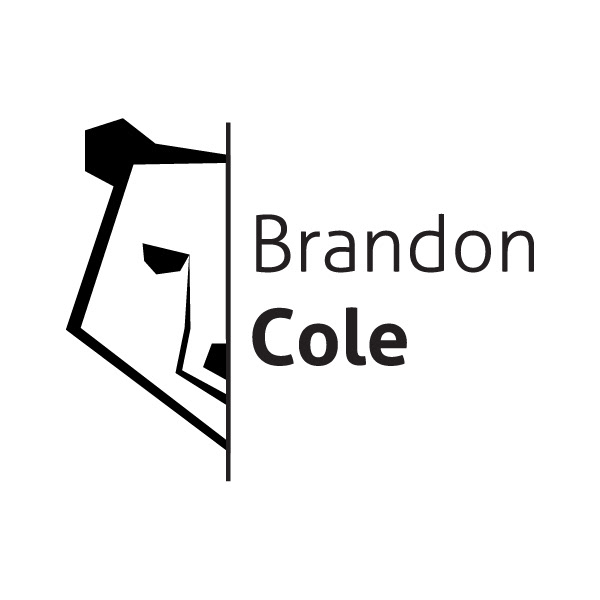
“Think of something new, you’ve got an invention. Change the world in which we live, you’ve got an innovation.”
–Arno Penvias, Venture Partner, New Enterprise Associates Nobel Laureate-Physics 1978
–Arno Penvias, Venture Partner, New Enterprise Associates Nobel Laureate-Physics 1978
Competition has driven companies to use innovation as a way to adapt to changing conditions. Although adaptation does require innovation, it is uncommon that a company truly understands what innovation actually is. Oftentimes, the definition of invention applies more to the product or concept than the sought after innovation. Misunderstanding this term can lead to unintended consequences as well as additional time spent on adaptation.
Many consider the microprocessor to be an example of an invention, but did not advance into an innovation. A microprocessor at its basic form is a piece of a circuit board that fits into a much smaller physical space. However, circuit boards had been around for a while and changing the shape of the technology was merely an invention instead of an innovation.
So what is innovation?
Innovation’s definition can vary depending on who is asked.
H.R. Barnett states “Innovation is here defined as any thought, behavior, or thing that is new because it is qualitatively different from existing forms.” While his definition is broad, it aligns with the general assumption that innovation is a concept that brings new ideas that are noticeably different from past ideas.
Charles Mueller defined innovation as “the product or process that embodies an invention in a form by which it can be utilized. The innovation is new, of course, but it is the result of the work required to make the invention useful or practical.” His definition narrows down the term meaning, and emphasizes that innovation depends on the practicality or usefulness of the new product or method.
Understanding these two definitions allows us to believe that innovation is broad, and varies depending on the person or circumstance. The important piece of information is how this innovation is being used and if it qualifies as an efficient new method or product.
Looking back, it’s just as important to understand the definition of invention in order to understand how it differs. We can look to C. M. Crawford, who explained “The act of invention is one in which preexisting knowledge is combined in a new way to yield something that did not exist heretofore.” For example, Thomas Edison’s light bulb was an invention by the way it brought a completely new item to the community. If we wanted to tie innovation to the light bulb, we would look into how electricity created lighting for an entire building. Using the light bulb as an example can show us how the two are closely related and more importantly can show us how they are easily confused.
These areas of confusion can make a design manager’s role challenging within a department. Design managers must use their ability to “see through multiple lenses” and allow themselves to see how innovation is occurring from another point of view. Within a creative department this role needs to be uniquely prepared for quick shifts in the industry while having a firm understanding of successful innovation.
Follow me on Twitter to keep tabs on innovation and other creative trends.
@CreativeColeBOS
@CreativeColeBOS
